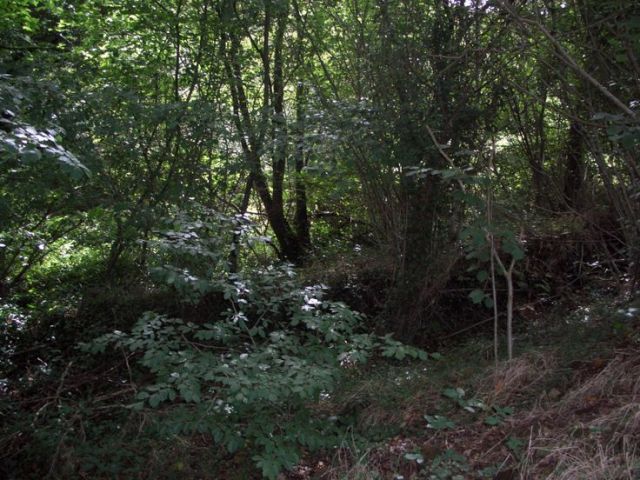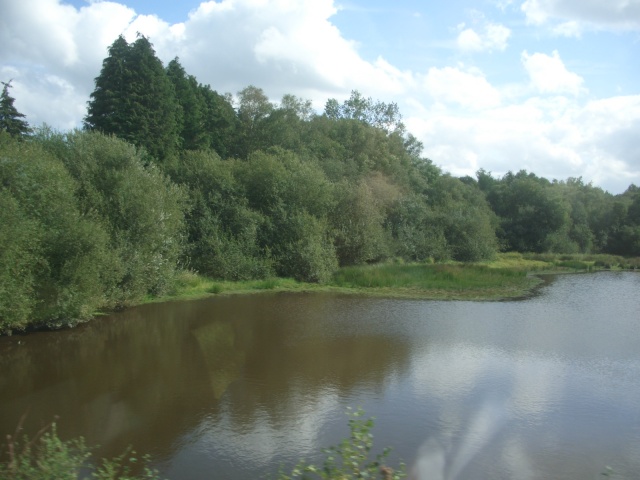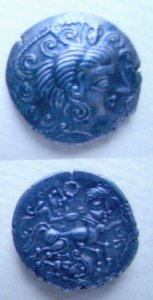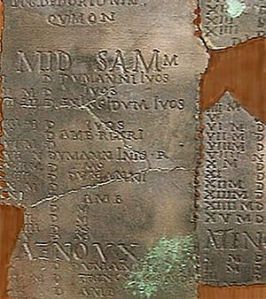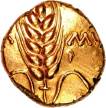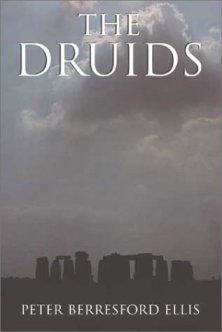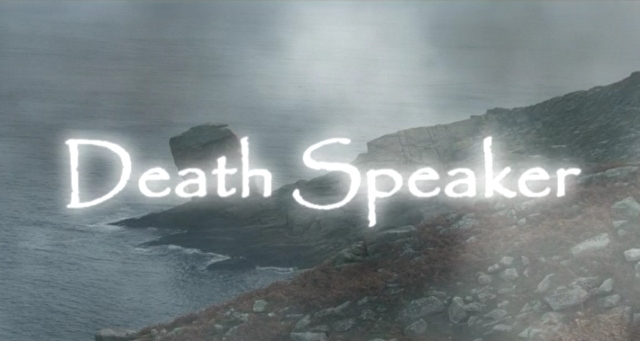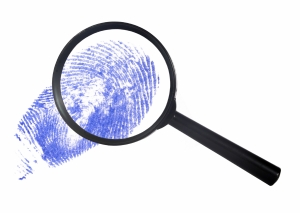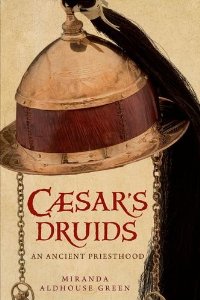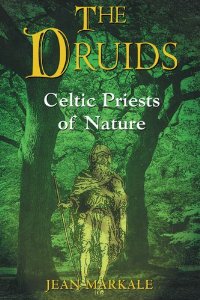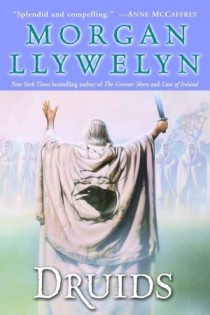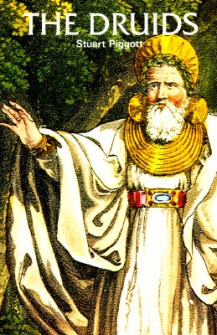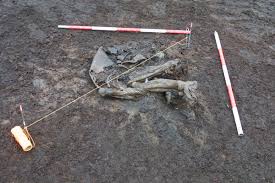 Bronze Age Bog Body . . . isn’t that a great title? It refers to the fact that in Ireland, in a peat bog, a partial corpse was found, and amazingly, the remains were dated to around 4,000 years ago.
Bronze Age Bog Body . . . isn’t that a great title? It refers to the fact that in Ireland, in a peat bog, a partial corpse was found, and amazingly, the remains were dated to around 4,000 years ago.
Nova apparently didn’t think such a title carried enough pizzazz. They named their show on the find “Ghosts of Ancient Kings.”
Guess we know where that’s going. Yup, those crazy Celts and their macabre human sacrifices. Go figure.
You can see the whole show online. It is worth seeing; the accidental discovery of such an old, mummified body is interesting in and of itself. The fact that not only Nova, but newspapers and the BBC as well, feel they must sensationalize the discovery by stating that the man was probably a victim of sacrificial rituals seems to me to produce an opposite effect: it trivializes the find itself.
Here’s the intro:
“Follow the forensic evidence and historical record back in time to the world of the Celts, a mystical society ruled by warriors kings, queens, and druid priests, practitioners of a macabre and brutal ritual.”
This is followed by quotes from the show, given out of context, and the question,
“Why were they slaughtered? Were they despised outcasts or revered sacrifices? This is a 4,000 year old cold case: Ghosts of Murdered Kings.”
There are two stories here: the new 4,000 year old find, and the Other Bog Bodies. The Other Bog Bodies–in Ireland and elsewhere in Northern Europe–do date from the Celtic Iron Age era, and they do have similarities, and one can make a decent case for human sacrifice.
But this show is centered on the body called Cashel Man, found in 2011 and dated to 2,000 BC. So I am going to rant a bit.
Cashel Man is not Celtic. There were no Celts in 2,000 BC. There were no druids. The idea that his poor, torn up body can be linked to those of people born 1500 to 2000 years later is wishful speculation at best, imho.
I expect better of Nova. This kind of bait-and-switch archaeology belongs on sillier shows.
A partial body was found in the bog. It is dated to around 2,000 BC. No other body that old has ever been found in a bog before. That’s exciting, intriguing! Tell us about him. What people lived in Ireland then?
Nova is not interested in telling us anything about the people who lived in Ireland 4,000 years ago.
An arm bone is broken and may be a defensive wound, according to the show. So maybe, sometime around 4,000 years ago, two men got into a fight, one killed the other and the body fell into a bog? Or maybe, same time same place, a guy fell and not only broke his arm, but split his skull open and died. Or anything.
Nova presents no evidence that either of these two scenarios is less likely than human sacrifice.
They do, however, proclaim that the torques and goodies left in bogs were offerings to a fertility goddess.
 The show’s narrator states that this well-known picture on the Gundestrup Cauldron (which was found in Denmark, not Ireland, and dates to the Iron Age, not the Bronze) shows a fertility goddess receiving victims of ritual sacrifice who were either drowned or had their throats slit.
The show’s narrator states that this well-known picture on the Gundestrup Cauldron (which was found in Denmark, not Ireland, and dates to the Iron Age, not the Bronze) shows a fertility goddess receiving victims of ritual sacrifice who were either drowned or had their throats slit.
Huh? And we know that how?
It must be acknowledged–they could be right, these writers and producers and Nova. No one knows exactly how to interpret the images on the Gundestrup Cauldron, so they could be right or wrong.
But to tell people that this is what the image means, when that meaning is nothing more than a guess, and to tie the cauldron into the death of some poor guy who died 2000 years before the cauldron was crafted–I’m frothing at the mouth.
And it’s only a TV show.


